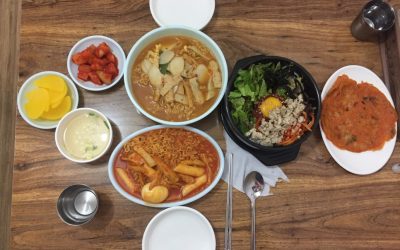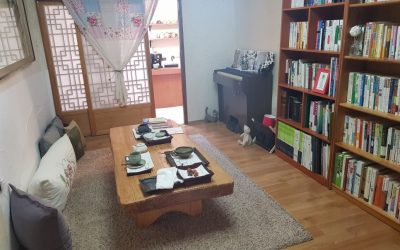JEONJU-CITY ENGLISH BLOG, OCTOBER – NOVEMBER FOREIGNERS’ COMMENTS EVENT!

JEONJU-CITY ENGLISH BLOG, October – November FOREIGNERS’ COMMENTS EVENT!
Jeonju is the most Korean city! Welcome to Jeonju-City Blog. This blog is trying to convey various information about Jeonju in English to foreigners. Which posts on this blog are you interested in? Please leave your comments in English on the blog posts published from October to November 2019. Various gifts are prepared for the foreigners who participated in the event. Go for it now!
🔶Period
October 1st(Tue) ~ November 30th(Mon)
🔶Participation
Visit the blog of Jeonju city(https://jeonjucity.kr/) and post comments on interesting posts posted from October to November 2019.
*There is no difference between the number of comments per person and the possibility of winning.
*Winners are selected randomly.
🔶Winner Announcement
December 3rd(Tue)
🔶Prize
Amazon gift card $100(1), Americano gift card(30)
*Amazon gift card winner must pay 22% of the product tax.




13 Comments